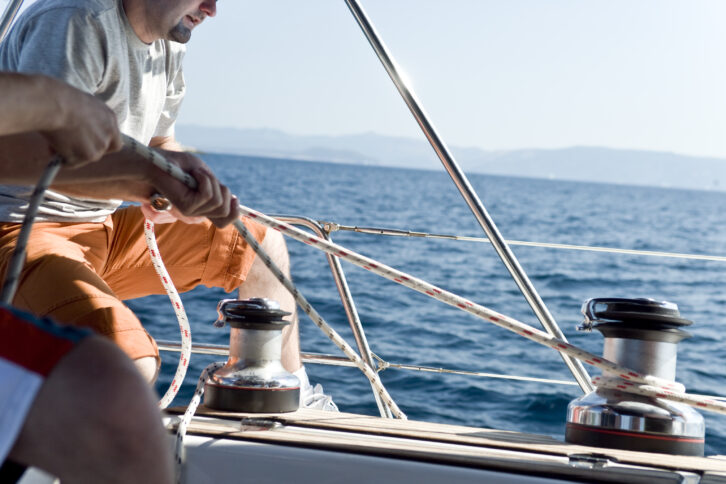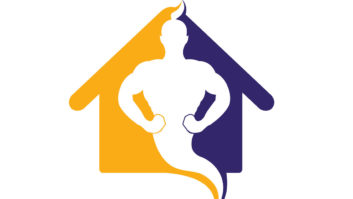I’ve been reading a book called Younger Next Year: Live Strong, Fit, Sexy, and Smart ― Until You’re 80 and Beyond by Chris Crowley and Henry S. Lodge, M.D. The elevator pitch is simple: We don’t work out enough and need to exercise pretty much every day to live better lives. The title appealed to me because I’ve been working out by gut feel without any proper guidance, and maybe a manual or guide might be helpful over the next few decades? That, and one of my buddies (who is 10-plus years my senior and in cracking good shape) recommended it. Social proof at its finest.
The book is written with alternating voices taking turns with each chapter. Crowley’s irreverent, hilarious, and highly cancelable narrative contrasting with Lodge’s obliging straight-man doctor routine. The admonitions are all fairly common sense. We all need to work out pretty much every day, alternating between 4-5 cardio and 1-2 weightlifting sessions per week. I found this intriguing because ever since my buddy, Bart Rountree, and I finished our first (and last) full Ironman event in 2021, we’ve stuck to the everyday workout routine demanded of anyone tackling this kind of event. It wasn’t hard to keep it up since we’d already gotten in the habit of just waking up and getting after it. The harder thing would’ve been stopping and then having to start over. There’s something about building up a foundation and then not wanting to lose it because the daunting task of starting over is nauseating. Just writing about it gives me a pit in my stomach.

Beyond the bleedingly obvious guidance of “work out more and eat healthy,” Crowley introduces the concept of “kedging” into the book as a means of sticking with routines. I had no idea what “kedging” meant. Thankfully he explained it very simply. Kedging is a nautical term Wikipedia defines as a method of “moving a sailing vessel, typically against the wind or current or out from a dead calm, by hauling on a line attached to a kedge anchor, a sea anchor, or a fixed object, such as a bollard or tree.”
Also by Henry Clifford: Avoiding Change Order Black Holes
I’m not the brightest bulb, but I immediately understood the concept and loved it. For years I’ve intentionally signed up for events, committed to crazy client expectations, or otherwise engaged in “burning the ships” because of two main factors: people need deadlines (Walt Disney’s favorite maxim) and anticipation is the ultimate enjoyment of the before, often trumping the actual experience itself (thanks to my Mom for drumming that one into my brain).
Since discovering that I’d been kedging the whole time without knowing it, I couldn’t help connect the dots back into my business and wonder to what degree we engage in intentional kedging. In periods of dead calm, are we throwing the anchor ahead to pull ourselves out or just waiting for the wind to pick up? Sure, we participate in yearly strategic planning and biweekly check-ins to measure progress, but I think our kedging could use a little work.
Here’s a great example. I know from my canvassing of the CI community that this year hasn’t gotten off to a great start. Some of that’s normal, some of it is market-shift related, and some of it is interest-rate related. All of that said, doing what we’ve always done is going to get us what we’ve always got. Our big kedge at Livewire revolves around a push into lighting. We’ve invested heavily into a space that’s new and exciting for us with amazing in-house resources to execute well. That didn’t happen by default. We’ve had to stay very aware of the tendency of all systems to decay and commit to a Bezos “Day 1” mindset. It’s our hope that this kedge will be something the entire team can rally around and pull ourselves into a reality that’s been been vividly described and modeled for us by other amazing industry players like Allegro Entertainment and Wipliance.
If we stop kedging, will we go out of business? Probably not, but we would be much less prepared for times when there’s no wind for our sails. Kedging is pure grit and requires Herculean team effort to muscle up to the next inflection point.
What are you doing to kedge for the win?
Stay frosty, and see you in the field.






